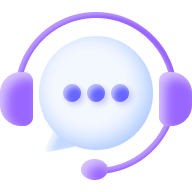These days, recording your screen and sound can help in pretty much any circumstance, from making instructional exercise recordings, detailing bugs and blunders to IT, passing on huge snippets of data to associates, and recording interactivity.
So it's nothing unexpected that screen recorder applications are an unquestionable requirement have on each PC, incorporating those with Linux working frameworks.For all the Linux users,10 linux screen recorders will be introduced below
10 Best Linux Screen Recorders:
Screen recording is a significant undertaking for some individuals for some reasons, including making a video instructional exercise, making a show, gathering a how-to instructional exercise, doing a product survey, or having a good time of streaming while at the same time playing computer games.
Also, these days, numerous clients are creating an acquiring open door for themselves through YouTube, Facebook video, or some other video facilitating destinations by making numerous supportive how-to direct recordings. This rundown of the best Linux screen recorder isn't recorded in a particular request.
1. Open Broadcaster Software Studio
The OBS project would not be feasible without the help of our donors and supporters. Increased real-time video/audio recording and mixing are among its features. Create scenes from various sources, such as window captures, photographs, text, browser windows, webcams, and capture cards. It has the following features:
Create an infinite number of scenes that you can easily turn through using custom transitions.
The streamlined settings panel provides you with various setup choices to fine-tune any part of your broadcast or recording.
Easily create new Sources, replicate old ones, and change their properties
Pros:
Configuration options are both powerful and simple to use.
Cons:
It relies on native plugins or Lua or Python scripts that communicate with existing sources for high-performance integrations.
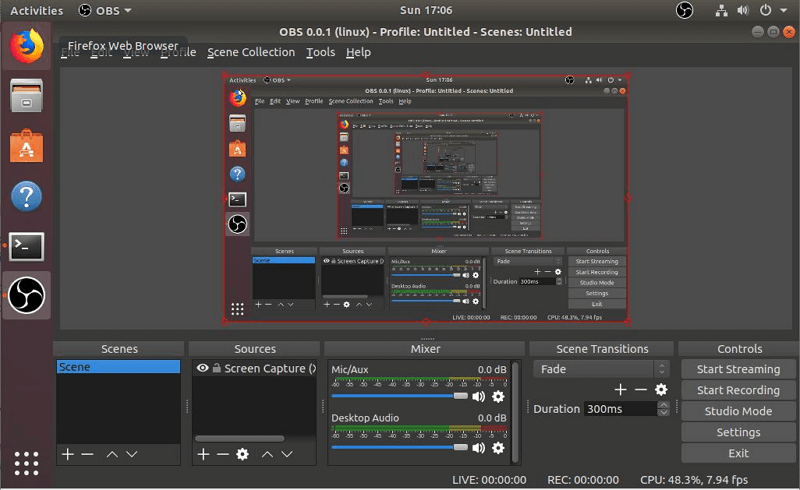
2. SimpleScreenRecorder
SimpleScreenRecorder is a Linux app is made for recording programs and games. There were a few programs that could do this already, but none of them satisfied clients fully. It has the following features:
Record the whole screen or a portion of it, or explicitly record OpenGL applications.
Audio and video are fully synchronized.
Completely multithreaded: minor delays in some components never obstruct the other components, resulting in smoother video and improved performance on multiprocessor computers.
Pros:
There are tooltips for nearly all, so you don't have to read the manual to figure out what something does.
Cons:
If your machine is too sluggish, it lowers the video frame rate.
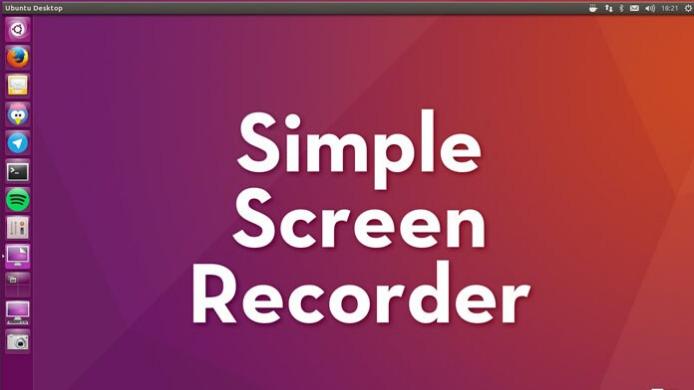
3. Vokoscreen
Vokoscreen was one of the best Linux screen recording applications. It had a good userbase despite its somewhat 'old featured.' VokoscreenNG comes with all of the usual functionality you'd expect from a screen recording program. Its features include
You have the option of recording the entire desktop, a small location, or a single program window.
Before beginning the video, you can zoom in and add a pause.
You can select the file format, codec, frame rates, and other parameters for the output video. The webcam can also be recorded.
Pros:
You may also set a time limit for the recordings or limit the amount of disc space they take up.
Cons:
You may also set a time limit for the recordings or limit the amount of disc space they take up.
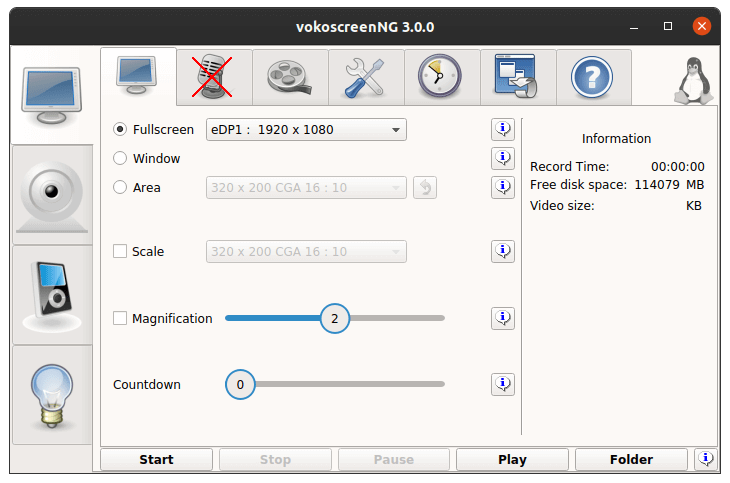
4. VLC Media player
If vokoscreen does not get updates, it will eventually be retired. VLC Media Player VLC is a cross-platform multimedia player and system that supports most multimedia files and DVDs, Audio CDs, VCDs, and various streaming protocols. It has the following features:
Plays all types of files, discs, webcams, devices, and streams
Supports most codecs without the need for codec packs - MPEG-2, MPEG-4, H.264, MKV, WebM, WMV, MP3...
Compatible with Windows, Linux, Mac OS X, Unix, iOS, and Android.
Completely free - no spyware, advertising, or logging of users.
Pros:
You don't have to think about whether a VLC media player can run on your machine because it is cross-platform. VLC is a multimedia player that runs on every operating system, including Windows and Linux.
Cons:
Finding songs in your library can be challenging, and the program's interface cannot be customized.

5. recordMyDesktop
recordMyDesktop is a Linux-based desktop screencasting program that is free and open source. The software is split into two parts: a command-line tool called recordmydesktop, which performs the recording and encoding tasks, and front-ends, which display the program's features graphically. It has the following features:
the program has a simple command-line tool that performs the basic tasks of capturing.
It supports encoding.
It hasan easy interface that logically displays the program's features.
Pros:
It tries to be easy to use while still accomplishing its primary goal.
Cons:
It must be run with the correct knowledge and guidance.

6. ShareX
ShareX is free software that allows you to capture or record any part of your screen and share it with just a few keystrokes. It has the following features:
It also helps you to upload imagesand script
It helps to upload other file types to one of over 50 supported destinations.
It has great result quality.
Pros:
ShareX makes captured files accessible nearly immediately after they've been recorded in highly optimized video files.
Cons:
WebCam does not have a recording option. Alternative video display formats have no alternatives or functions.
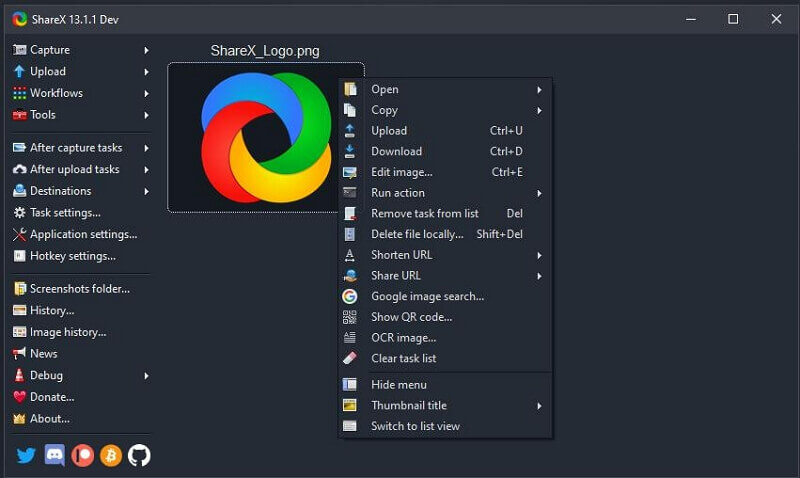
7. ScreenRec
With instant private video messaging and snapshots, ScreenRec is a modern kind of collaboration app that lets you save time and connect faster. It has the following features:
You can pick the microphone, which is helpful if you have more than one audio on the device.
It can illustrate small configurations.
It supports voice recording either in silence or with a microphone.
Pros:
Since the ScreenRec workflow is so fluid, it can create videos in a matter of minutes or demonstrate the strength of tech.
Cons:
The video time limit is excessively limited, but in 90% of cases, more than 5 minutes is not needed.
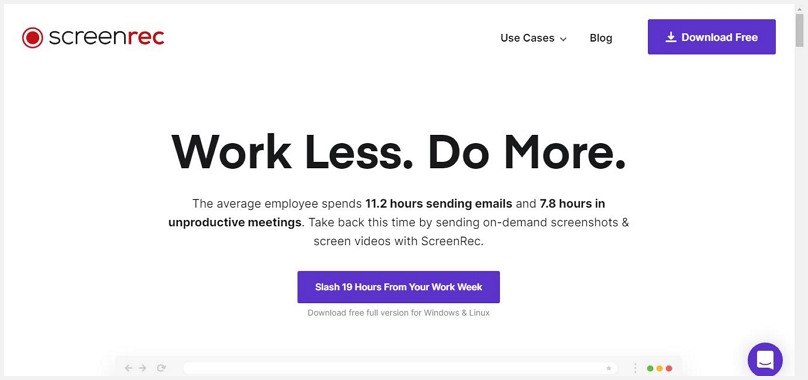
8. ScreenStudio
ScreenStudio is free software that allows you to record your workspace in high-definition video files. Add some text or even your camera to the mix. It also allows you to stream your desktop to UStream, Hitbox, or Twitch. Tv. It has the following features:
It strongly relies on FFmpeg.
It uses Pulseaudio for audio recordings.
ScreenStudio can incorporate a synthetic audio input when two audio inputs are chosen (Mic+Internal).
Pros:
ScreenStudio is a basic show recording program that lets you make a screencast or watch your laptop live. Multiple desktops, webcams, and text tags are all supported.
Cons:
The more recent versions have special text labels that show the current time or the contents of external folders, but they need an updated hard drive to be installed.
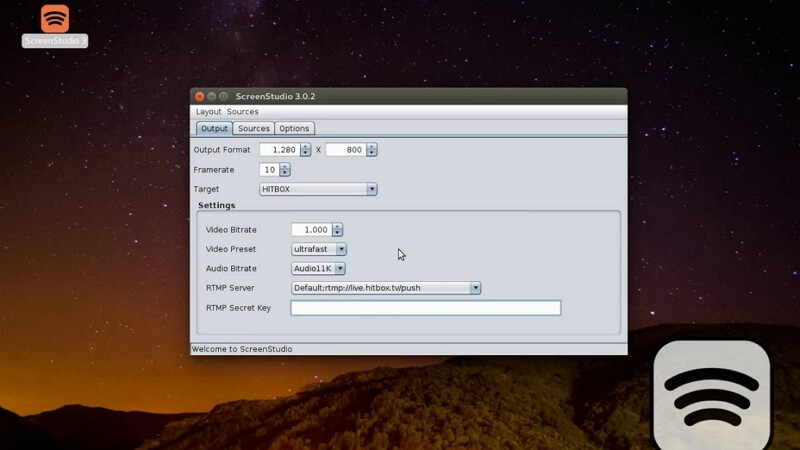
9. Kazam
For screencasting, Kazam is the easiest and most appropriate instrument. It's the perfect choice for newcomers who want to get the job done quickly without having to wade through many choices. It also allows you to take screenshots. It has the following features:
Supports various video outputs
Simple and portable user interface
Support for audio capture from a compatible source (speaker or microphone) • Support for delay timers
Pros:
It is simple and straightforward to use.
Cons:
Few choices for fine-tuning configuration settings due to a lack of web-based support
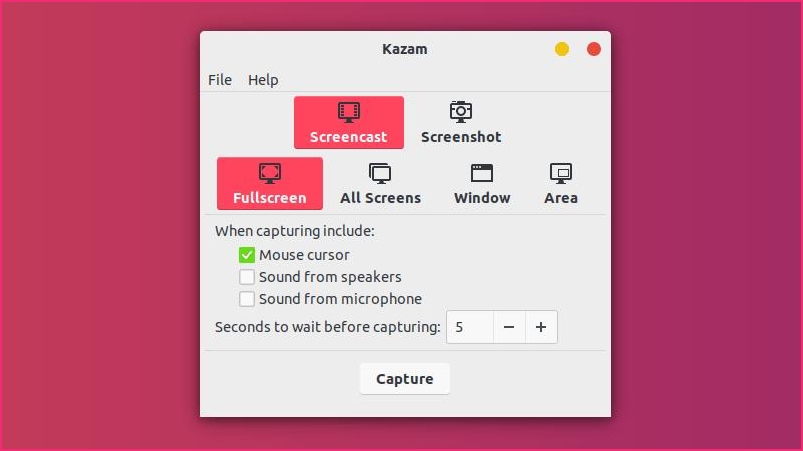
10. Peek
On Linux, you can capture an animated gif from your laptop screen using the Peek app. Its major characteristics are as follows:
It has a delay timer.
It needs framerate adjustment
Easy interface
Pros:
Modern and slick user experience
Cons:
It just accepts Linux with X11, which is what the majority of users are actually doing.
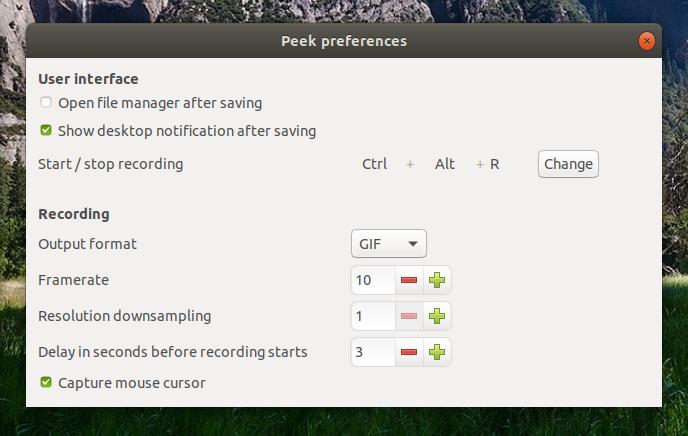
Best Video Editor with Screen Recording Feature - iMyFone Filme
There are a lot of screen recorder software you can find online. And one of the best screen recording software is iMyfone Filme. It is mainly an easy-to-use video editor for beginners while professionals would also use it for a lot of advanced video editing. It is currently available for Windows and Mac systems for free, but the exported video will come with little Filme watermark. If you would like to get rid of the watermark, you can try the paid version when you are satisfied with the free version.
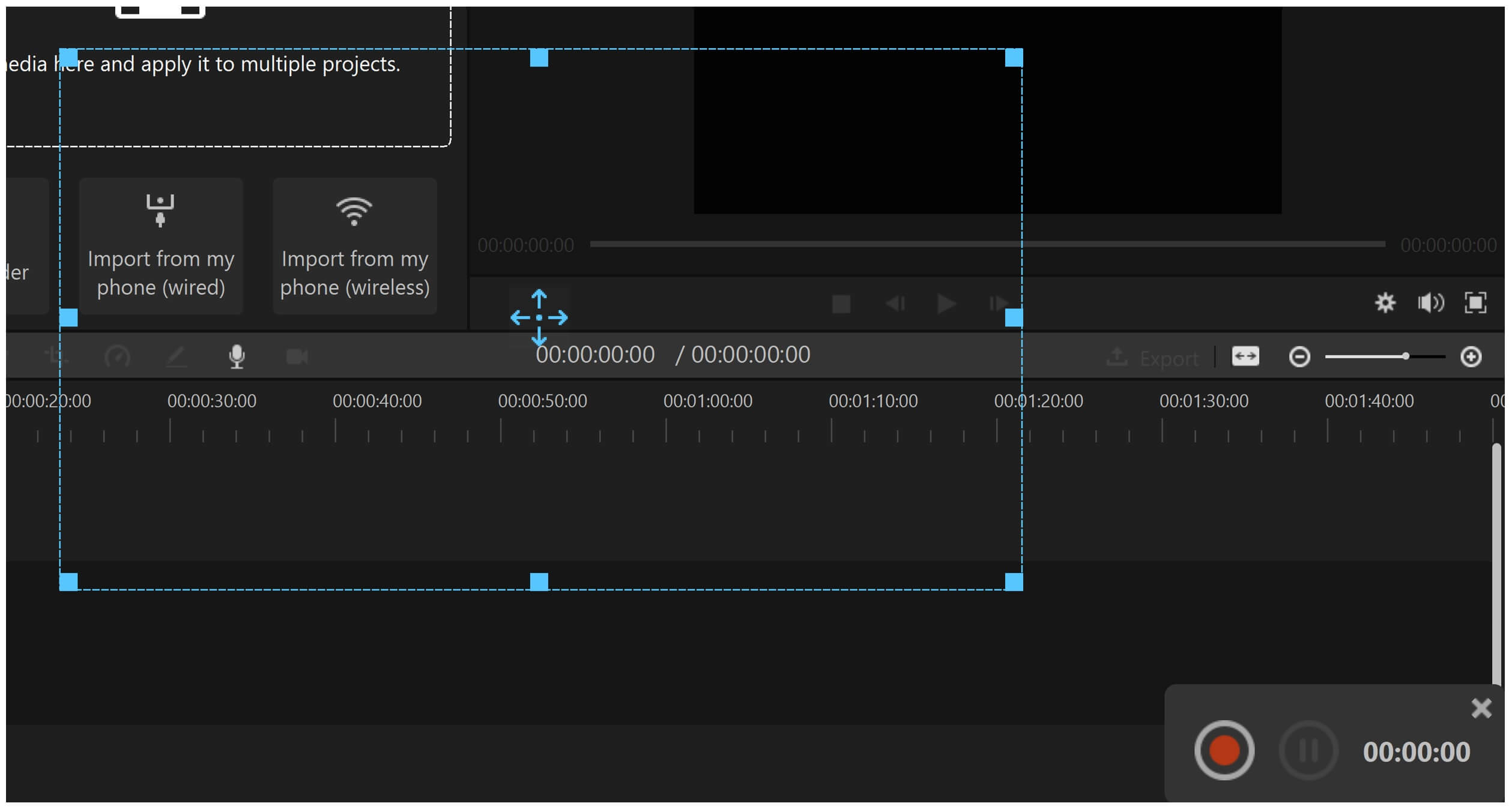
What is best from Filme is that you can edit the recorded clips right after when the recording is finished. And you can do the video editing such as cropping, splitting, rotating, cutting, adjustment of speed, and making picture-in-picture effects. you can create cinematic titles for the recorded clips and applying all types of fonts as well as colors to the texts.
Conclusion
The video created by iMyFone Filme is stored in an MP4 format, which the user can upload however he or she wants. Most times, it will be stored in the captures subfolder of the videos folder. If it's a game, you'll find it under the Game DVR menu, where you can trim and share it on the game's live stream.























